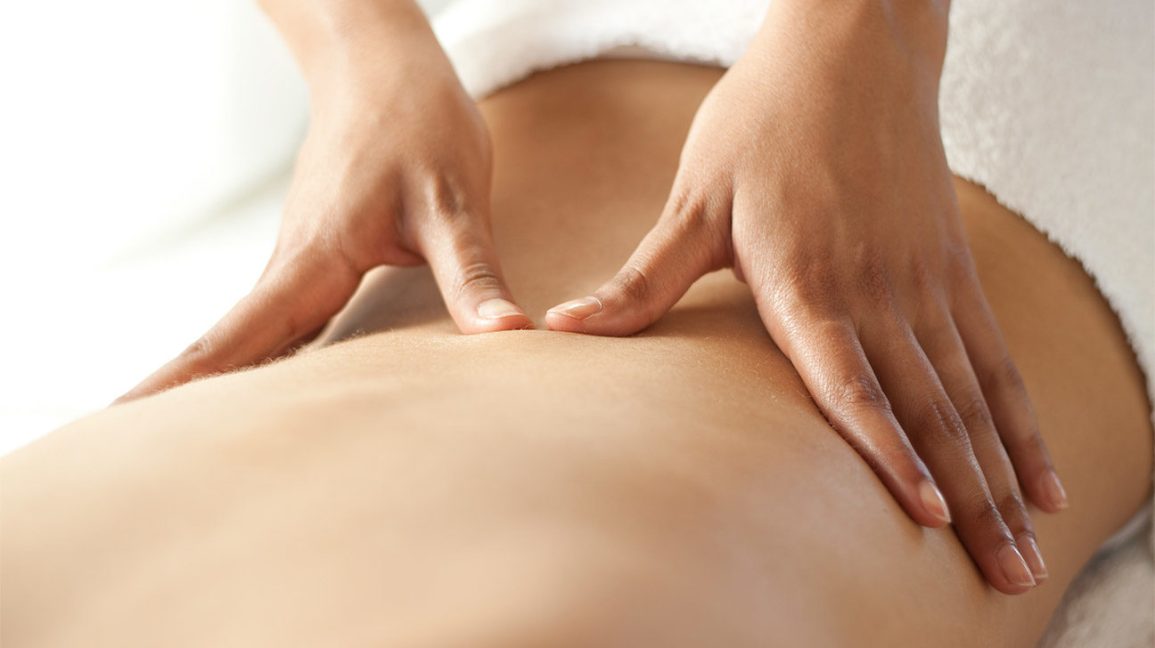
What Is Low Back Pain?
Low back pain is a universal human experience -- almost everyone has it at some point. The lower back, which starts below the ribcage, is called the lumbar region. Pain here can be intense and is one of the top causes of missed work. Fortunately, low back pain often gets better on its own. When it doesn't, there are effective treatments.
Symptoms of Low Back Pain
Symptoms range from a dull ache to a stabbing or shooting sensation. The pain may make it hard to move or stand up straight. Acute back pain comes on suddenly, often after an injury from sports or heavy lifting. Pain that lasts more than three months is considered chronic.
Symptoms That Require Urgent Care
Severe back pain after a fall or injury should be checked out by a health care professional. Other warning signs include a loss of bowel or bladder control, numbness in the groin area, leg weakness, fever, and pain when coughing or urinating. If you have any of these symptoms along with your back pain, contact your doctor.
Also contact your doctor right away if you have back pain and you have any of these: a history of cancer, unintentional weight loss, long-term steroid use, weak immune system, history of IV drug use, or your pain gets worse with rest.
Muscle Strain or Sciatica?
The kind of back pain that follows heavy lifting or exercising too hard is often caused by a muscle strain. But sometimes back pain can be related to a disc that bulges or ruptures. If a bulging or ruptured disc presses on the sciatic nerve, pain may run from the buttock down one leg. This is called sciatica.
Back Pain Culprit: Your Job
If your job involves lifting, pulling, or anything that twists the spine, it may contribute to back pain. However, sitting at a desk all day comes with risks of its own, especially if your chair is uncomfortable or you tend to slouch.
Back Pain Culprit: Your Bag
Although you may wear your purse, backpack, or briefcase over your shoulder, it is the lower back that supports the upper body -- including any additional weight you carry. So an overstuffed bag can strain the lower back, especially if you carry it day after day. If you must tote a heavy load, consider switching to a wheeled briefcase.
Back Pain Culprit: Your Workout
Overdoing it at the gym or golf course is one of the most common causes of overextended muscles leading to low back pain. You're especially vulnerable if you tend to be inactive during the workweek and then spend hours at the gym or softball field on the weekend.
Back Pain Culprit: Your Posture
Mom was right when she said, "Stand up straight!" Your back supports weight best when you don't slouch. This means sitting with good lumbar support for your lower back, shoulders back, with feet resting on a low stool. When standing, keep weight evenly balanced on both feet.
Back Pain Culprit: Herniated Disc
The spine's vertebrae are cushioned by gel-like discs that are prone to wear and tear from aging or injuries. A weakened disc may rupture or bulge, putting pressure on the spinal nerve roots. This is known as a herniated disc and can cause intense pain.
Back Pain Culprit: Chronic Conditions
Several chronic conditions can lead to low back pain.
- Spinal stenosis is a narrowing of the space around the spinal cord, which can put pressure on the spinal nerves.
- Spondylitis refers to chronic back pain and stiffness due to severe inflammation of the spinal joints.
- Fibromyalgia causes widespread muscle aches, including back pain.
Precision Pain Care and Rehabilitation has two convenient locations in Richmond Hill – Queens and New Hyde Park – Long Island. Call the Richmond Hill office at (718) 215-1888, or (516) 419-4480 for Long Island office, to arrange an appointment with our Interventional Pain Management Specialist, Dr. Jeffrey Chacko.













